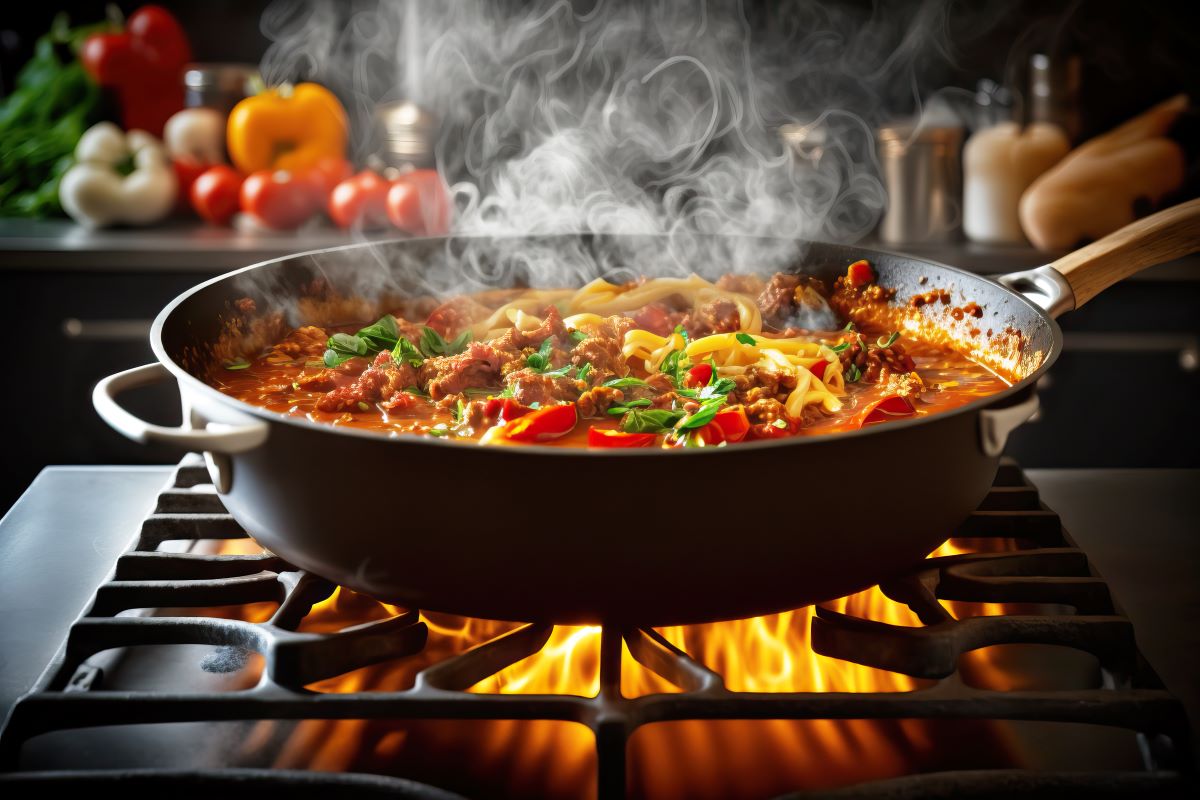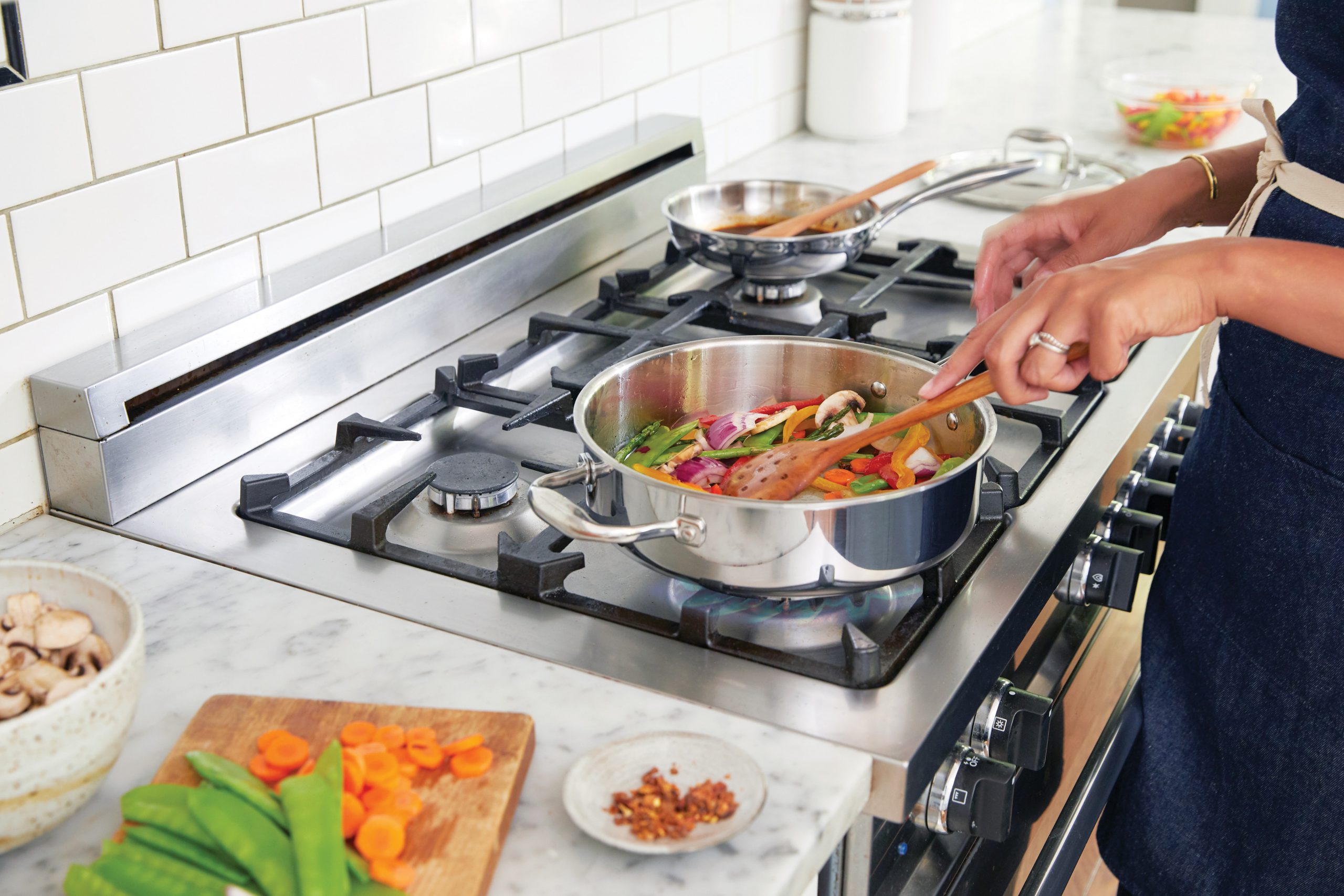Back to: Pre Vocational Studies Primary 5
Welcome to class!
Hello, my students! I’m so happy to have you back for another delicious lesson. Today, we’re going to talk about “cooking of food.” This means preparing food using heat to make it safe to eat, easier to digest, and more flavorful. It’s like turning raw ingredients into a tasty meal! Let’s begin!
Cooking of Food

Cooking is a very important part of our lives. It not only makes food taste better but also makes it safer to eat by killing harmful germs.
Here are some common methods of cooking food:

- Boiling:
- This involves cooking food in boiling water.
- Examples: Cooking rice, pasta, eggs, and vegetables like potatoes and yam.
- Advantages: Simple, cooks food evenly.
- Disadvantages: Some nutrients can be lost in the water.
- Frying:
- This involves cooking food in hot oil or fat.
- Examples: Frying chicken, fish, plantain, and akara.
- Advantages: Creates a crispy texture and adds flavor.
- Disadvantages: Can be high in fat.
- Roasting:
- This involves cooking food in dry heat, usually in an oven or over an open fire.
- Examples: Roasting meat, chicken, and vegetables like potatoes and plantains.
- Advantages: Brings out the natural flavors of food.
- Disadvantages: Can take a long time.
- Grilling:
- This involves cooking food over direct heat, usually on a grill or barbecue.
- Examples: Grilling meat, fish, and vegetables like suya.
- Advantages: Adds a smoky flavor.
- Disadvantages: Requires careful attention to prevent burning.
- Steaming:
- This involves cooking food using steam from boiling water.
- Examples: Steaming vegetables, fish, and moi moi.
- Advantages: Preserves nutrients and keeps food moist.
- Disadvantages: Can be a slower cooking method.
- Baking:
- This involves cooking food in dry heat in an oven.
- Examples: Baking bread, cakes, and pastries.
- Advantages: Creates a variety of textures and flavors.
- Disadvantages: Requires precise temperature control.
Why do we cook food?
- To make it safe to eat: Cooking kills harmful bacteria and other microorganisms that can cause food poisoning.
- To make it easier to digest: Cooking breaks down complex food molecules, making them easier for our bodies to absorb.
- To improve the taste and texture: Cooking can make food taste better and have a more appealing texture.
- To increase the variety of foods we can eat: Cooking allows us to combine different ingredients and create new dishes.
Let’s use some examples. To cook rice, you would boil it in water. To fry plantain, you would cook it in hot oil. To roast chicken, you would cook it in an oven or over an open fire.
So, to summarize, cooking involves preparing food using heat to make it safe, easier to digest, and more flavorful. There are many different methods of cooking, each with its own advantages and disadvantages.
Evaluation
- Can you name three methods of cooking food?
- Can you explain one reason why we cook food?
Excellent! You’re doing a fantastic job! I’m so proud of your learning.
